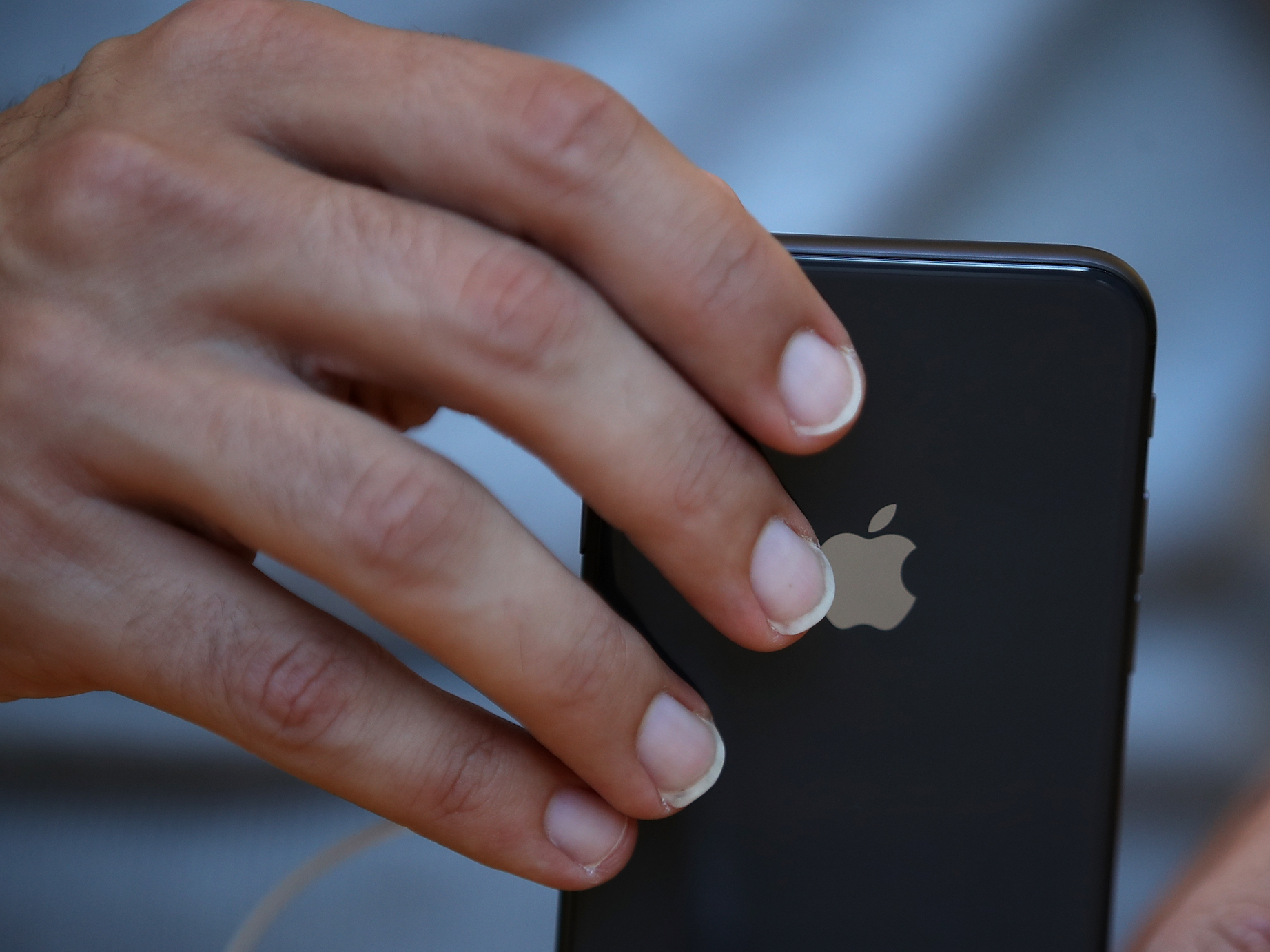- An iPhone’s recovery mode is a fail-safe troubleshooting mode that lets iTunes try to repair the iPhone’s operating system if something goes badly awry.
- You enter recovery mode by connecting the phone to a computer, starting iTunes, and then performing a force restart.
- If you cannot repair your iPhone using recovery mode, you might need to have it repaired or replaced by Apple support.
- Visit Business Insider’s homepage for more stories.
Like any high-tech device, the iPhone is designed to be as trouble-free as possible, and most people will own one for years without ever experiencing a serious issue. But sometimes things can go wrong, and if your iPhone is unresponsive – and all other troubleshooting steps have not solved the problem – then you might need to enter recovery mode.
To be clear, recovery mode should never be the first thing you try to resolve an issue. For example, you might want to follow the steps outlined in our article “Why won’t my iPhone turn on?“
Here are some reasons why you might need recovery mode:
- The display shows nothing but the Apple logo for a very long time and it never fully turns on.
- During an iOS update, the phone gets stuck in a loop of continuously restarting.
- The phone won’t turn on, turn off, and is completely unresponsive.
- You connect the phone to a computer and iTunes cannot see the phone.

How to put your phone in recovery mode
1. On your computer, if you are already running iTunes, close the program. (It's not a bad idea to completely restart your computer before proceeding to be sure iTunes isn't still running in the background.)
2. Connect your iPhone to the computer using a USB connection cable.
3. Start iTunes on your computer.
4. Force restart your iPhone by following the steps outlined in our article, "How to restart and force-restart any iPhone model."
5. Don't release the buttons you're holding to force-restart the iPhone when you see the Apple logo. Continue to hold the buttons until you see the "connect to iTunes" screen.

6. On the computer, you should see a dialog box appear that says there is a problem with your iPhone. Click "Update." At this point, iTunes will try to repair the operating system without erasing any of the apps or data on the device.

7. If the update process fails, you can repeat the procedure, but this time choose to restore the phone instead of updating. This process will erase your apps and data, and you will need to choose to restore the phone to its factory state or restore a recent backup.
After the update or restore process is complete, your phone should be repaired and it will exit recovery mode on its own. If it is still not working properly - meaning that both the update and restore options failed - then you are probably out of options you can perform at home, and you should have your phone serviced by Apple.
Related coverage from How To Do Everything: Tech:
-
'Why won't my iPhone charge?': How to diagnose and fix common iPhone charging problems
-
How to restore your iPhone from a backup after taking the 'nuclear option' of a factory reset
-
How to backup an iPhone to iCloud, your computer, or an external hard drive
-
'Why won't my iPhone turn on?': 3 ways to troubleshoot an iPhone that won't restart

